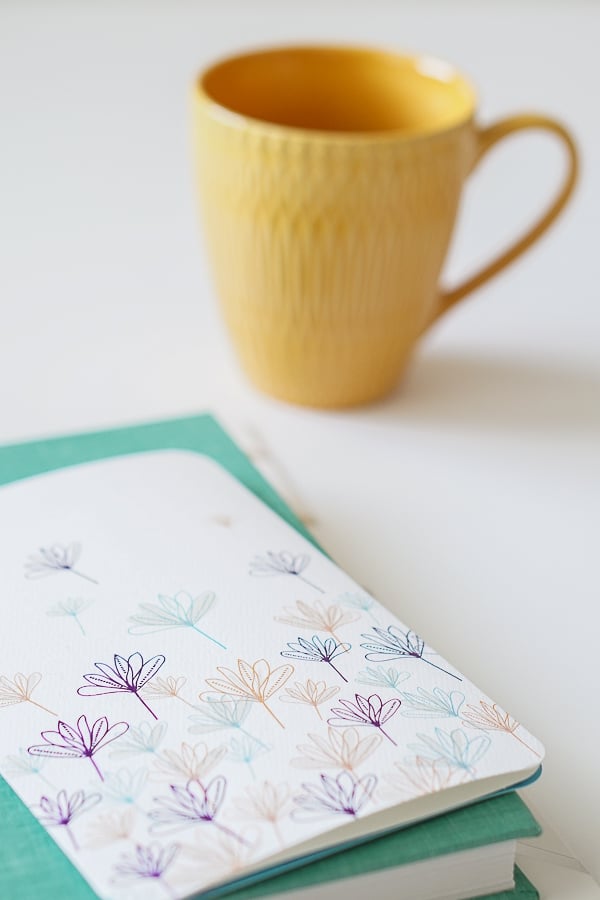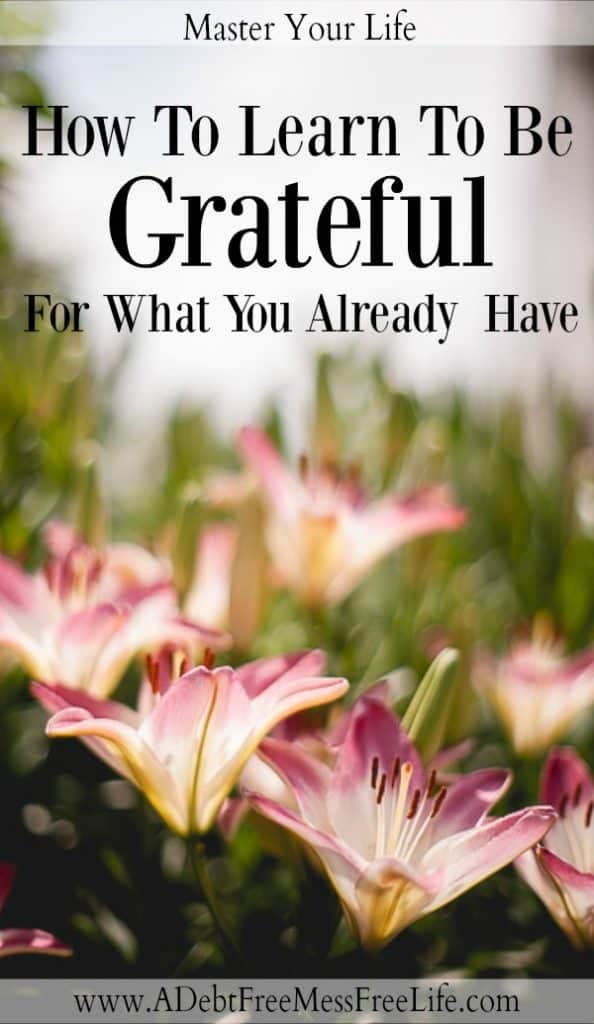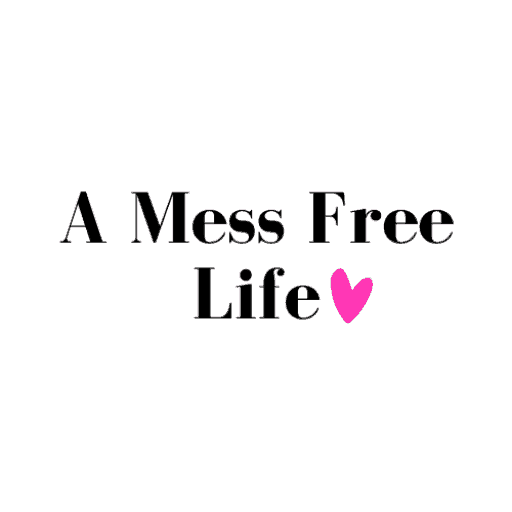A Mess Free Life may collect a share of sales or other compensation from the links on this page.
“Be thankful for what you have; you’ll end up having more. If you concentrate on what you don’t have, you will never, ever have enough.” Oprah Winfrey
One of my favorite topics to discuss is the concept of gratitude and learning how to be grateful.
I remember being asked to give a talk on the subject and found myself giddy with the idea that I could speak for an entire hour on a topic of such great importance.
It was a wonderful opportunity to teach others how to learn to be grateful.
Table of Contents
How to Learn to Be Grateful for What You Already Have
writing letters of gratitude
Gratitude is a thankful appreciation for what an individual receives, whether tangible or intangible. With gratitude, people acknowledge the goodness in their lives.
In the process, people usually recognize that the source of that goodness lies at least partially outside themselves.
As a result, gratitude also helps people connect to something larger than themselves as individuals whether to other people, nature, or a higher power.
Psychological research shows that gratitude is consistently associated with greater happiness.
Gratitude helps people feel more:
- positive emotions
- relish good experiences
- improve their health
- deal with adversity
- build strong relationships
Not too shabby, right?
Gratitude is a way for people to writing letters of gratitude instead of always reaching for something new in the hopes it will make them happier, or thinking they can’t feel satisfied until every physical and material need is met.
Gratitude helps people refocus on what they have instead of what they lack. And, although it may feel contrived at first, this mental state grows stronger with use and practice.
Here are some ways on how to be grateful and cultivate gratitude.
Keep a Gratitude Journal.
Establish a daily practice in which you remind yourself of the gifts, benefits and good things you enjoy.
Setting aside time on a daily basis to recall moments of gratitude associated with ordinary events, your personal attributes, or valued people in your life gives you the potential to interweave a sustainable life theme of gratefulness.
Remember the Bad
To be grateful in your current state, it is helpful to remember the hard times that you once experienced. When you remember how difficult life used to be and how far you have come, you set up an explicit contrast in your mind, and this contrast is a perfect ground for gratefulness.
Learn Prayers of Gratitude
In many spiritual traditions, prayers of gratitude are considered to be the most powerful form of prayer, because through these prayers people recognize the ultimate source of all they are and all they will ever be.
Come to Your Senses
Through our senses—the ability to touch, see, smell, taste, and hear—we gain an appreciation of what it means to be human and of what an incredible miracle it is to be alive. Seen through the lens of gratitude, the human body is not only a miraculous construction but also a gift.
Use Visual Reminders
Because the two primary obstacles to gratefulness are forgetfulness and a lack of mindful awareness, visual reminders can serve as cues to trigger thoughts of gratitude. Often, the best visual reminders are other people.
Make a Vow to Practice Gratitude
Research shows that making an oath to perform a behavior increases the likelihood that the action will be executed.
Therefore, write your own gratitude vow, which could be as simple as “I vow to count my blessings each day,” and post it somewhere where you will be reminded of it every day.
Watch your Language
Grateful people have a particular language style that uses the language of gifts, givers, blessings, blessed, fortune, fortunate, and abundance. In gratitude, you should not focus on how inherently good you are, but rather on the inherently good things that others have done on your behalf.
Go Through the Motions
If you go through grateful motions, the emotion of gratitude should be triggered. Grateful motions include smiling, saying thank you, and writing letters of gratitude.
Think Outside the Box
If you want to make the most out of opportunities to flex your gratitude muscles, you must creatively look for new situations and circumstances in which to feel grateful.
It’s my hope that after reading these suggestions about how to be grateful would help you find a way to incorporate gratitude into your daily life.
Below is a short video about helping you think outside the box:
As science has shown, regular practice results in big changes for the participant.
Today take 10 minutes and find a quiet spot and list out all the things you have to be grateful for in your life.
Keep it close by and handy and reference daily if you can so you can be reminded of everything you have been blessed in your life. Remember that everyone has at least one thing (and really much more) they can be grateful for.
Related Content: Wants vs needs, know what you really need!




